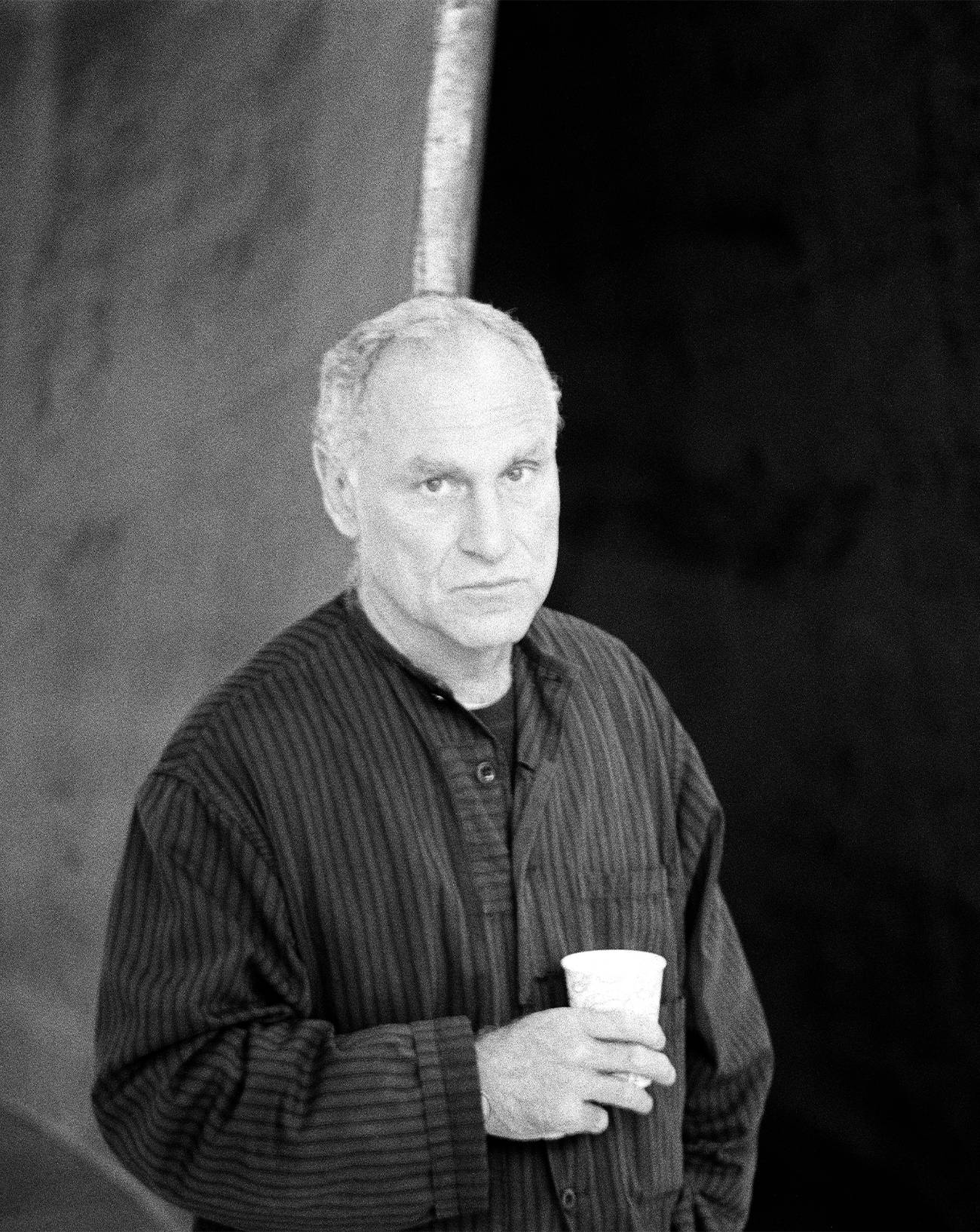

The asking rent was $100 per annum, payable in advance at the beginning of each year. Collector Virginia Dwan put up the cash, which the artist later reimbursed. Smithson then obtained permission from the U.S. Bureau of Reclamation to move the 6,500 tons of basalt needed for a project he had begun working on in late 1969 – the construction of a 1500-foot-long, 15-foot-wide, spiral-shaped jetty in the Great Salt Lake, whose waters are four times saltier than the sea.
As a result it has a strange tint, like that of tomato soup according to Smithson, a reminder that aesthetics were not secondary in his intentions. He had difficulty finding a contractor willing to tackle the job, but eventually hit on Bob Phillips, who accepted due to the unusual problems it raised.
It’s often said that Spiral Jetty was built in just six days, but that’s forgetting the two months of preparation up front, not to mention Smithson’s request that the whole thing be done again (“It’s just not right!”). Phillips agreed, for an extra $3,000 on top of the $6,000 already billed. The waters of the lake were unusually low that year, but soon engulfed the dark basalt spiral, which only resurfaced 30 years later – now white as snow with encrusted salt.








